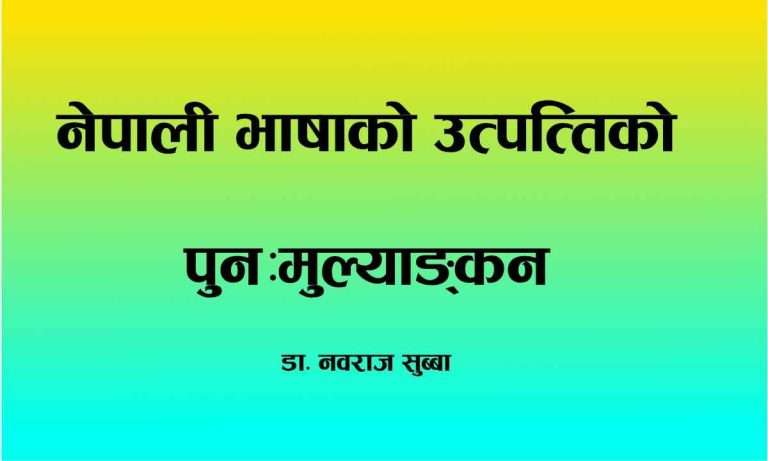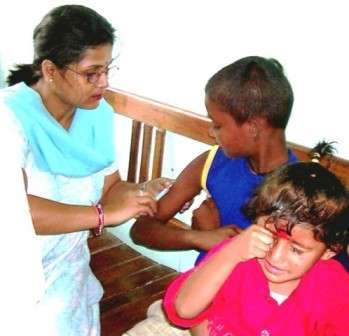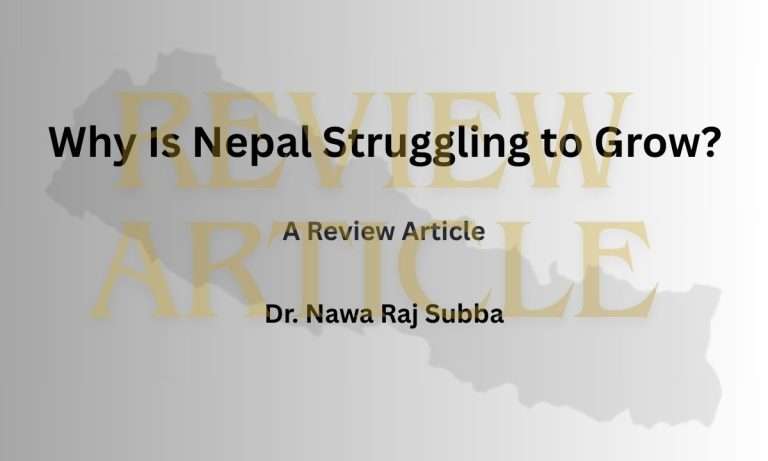Tuberculosis still Challenging Public Health
Nawaraj Subba*
Background
Health workers used to say Tuberculosis (TB) as a disease like common cold which is easily curable by taking drug. Multi drug regimen and DOTS has really opened new horizon on TB control programme. Globally, commencement of HIV/AIDS has created barrier on the way of this TB control programme. Now, Multi drug regimen has added more challenge in this endeavor which is difficult and forbiddingly expensive to treat. I would like to focus on Tuberculosis. This has long been a serious health issue in Nepal. The burden of tuberculosis is compounded by drug-resistant forms of the disease.[i]
Multi-Drug Resistant
Multi-drug resistant TB or MDR TB refers to Mycobacterium Tuberculosis isolates that are resistant to at least both Isoniazid and Rifampicin, the two most powerful anti-TB drugs. This is a very serious problem. People with MDR TB disease can only be treated with reserve or second-line drugs. These drugs are not as effective as the first-line drugs. They also cause more side-effects. When TB patients are not prescribed their drugs properly or do not take their medicines as prescribed, TB bacilli become resistant to a certain drugs. This means that that drug is no longer effective against the TB bacillus.
People who have spent time with someone sick with MDR TB can become infected with TB bacteria that are resistant to several drugs. Close contacts of patients therefore must be carefully examined for active disease and treated accordingly. This is particularly important for people who are at high risk of developing MDR TB disease, such as children and HIV-infected people.
Development of Multi Drug Resistant
Drug resistance develops when people:
– are not prescribed or do not take their medicines properly
– develop TB disease again, after having taken TB medicine in the past
– have spent time with someone with drug-resistant TB disease
Multi-drug resistance rates in SEAR
| Country | Year | Prevalence of MDR among new cases |
| India (Raichur, Karnataka) | 1999 | 2.5% |
| Nepal | 2001 | 1.3% |
| Myanmar | 2002-3 | 4.0% |
| Thailand | 2001 | 0.9% |
| Source: WHO | ||
Future strategies for MDR-TB
The Regional Strategic Plan[ii] for 2006-2015 includes establishing interventions to address MDR-TB:
-Assisting countries in building laboratory capacity to undertake quality assured culture and drug susceptibility testing.
– Intensifying and expanding surveillance for MDR-TB in the Region.
– Strengthening capacity to diagnose and manage MDR-TB including ensuring essential standard of care.
– Assisting countries with preparing general health systems to deliver MDR-TB interventions.
Discussion
There is also an acute need to carry out pilot projects that can suggest strategies to fight multi-drug resistant TB. Multi-drug resistant TB poses some very difficult questions. Unless we have more knowledge about what works we will not be able to deal with it in an effective way. The key to improving cure rates and reducing incidence of multi-drug-resistant TB is to ensuring a adequate and steady drug supply. This must be an absolute priority that cut through all work by both donors and Russian authorities. The key to limiting the spread of HIV lies in harm reduction among intravenous drug users. In other words, efforts to stem the spread of drug use must contain an acceptance of the need to provide needles and condoms to those who already are addicted to these drugs.
Research has shown that in order for such programmes to be effective, at least 60% of the high-risk groups must be covered. There is already important experience gained from several pilot projects, but the projects which work well need to be taken to scale.
The emergence and spread of multidrug-resistant tuberculosis (MDR-TB), i.e. involving resistance to at least isoniazid and rifampicin, could threaten the control of TB globally. Controversy has emerged about the best way of confronting MDR-TB in settings with very limited resources. In 1999, the World Health Organization (WHO) created a working group on DOTS-Plus, an initiative exploring the programmatic feasibility and cost-effectiveness of treating MDR-TB in low-income and middle-income countries, in order to consider the management of MDR-TB under programme conditions. The challenges of implementation have proved more daunting than those of access to second-line drugs, the prices of which are dropping. WHO/International Union against Tuberculosis and Lung Disease surveillance project, grouped countries according to the proportion of TB patients completing treatment successfully and the level of MDR-TB among previously untreated patients. The resulting matrix provides a reasonable framework for deciding whether to use second-line drugs in a national programme. Countries in which the treatment success rate, i.e. the proportion of new patients who complete the scheduled treatment, irrespective of whether bacteriological cure is documented, is below 70% should give the highest priority to introducing or improving DOTS, the five-point TB control strategy recommended by WHO and the International Union Against Tuberculosis and Lung Disease. A poorly functioning programme can create MDR-TB much faster than it can be treated, even if unlimited resources are available. There is no single prescription for controlling MDR-TB but the various tools available should be applied wisely. Firstly, good DOTS and infection control; then appropriate use of second-line drug treatment. The interval between the two depends on the local context and resources. As funds are allocated to treat MDR-TB, human and financial resources should be increased to expand DOTS worldwide.[iii]
Despite the prevalence of multi-drug resistant tuberculosis in nearly all low-income countries surveyed, effective therapy has been deemed too expensive and considered not to be feasible outside referral centers. Community-based outpatient treatment of multi-drug resistant tuberculosis can yield high cure rates even in resource-poor settings. Early initiation of appropriate therapy can preserve susceptibility to first-line drugs and improve treatment outcomes.[iv]
In Morang Nepal, patients under treatments are experiencing and complaining adverse effects caused by DOTS plus regimen. They are seeking more care for these adverse conditions from trained health workers. Health workers involved in treatment are also reporting that they have found them being under risky environment while treating these MDR patients.[v]
Conclusion
MDR requires more researches and resources in Nepal. Problems raised by MDR have put pressure on policy level in order to address new and reemerging management problems. It is now high time to provide training and take precautionary measures for health workers who are involved in treatment of MDR patients. It may also attract attention for making sanitarium to make sure controlling its transmission.
References:
1. Stop TB Department, WHO, Geneva, Switzerland, 2006
2. WHO Stop TB www.who.int/tb , 2006
3. College of Physicians and Surgeons, Columbia University, New York, USA.
[email protected], PMID: 12132008 [PubMed – indexed for MEDLINE], 2006
4. Massachusetts Medical Society, Community-based therapy for multidrug-resistant tuberculosis
in Lima, Peru, PMID: 12519922 [PubMed – indexed for MEDLINE], 2006
5. DPHO Morang, Reports on Review Meetings of DOTS Plus, 2006
* Public Health Administrator, District Public Health Office, Morang Nepal




Whats up very nice blog!! Man .. Beautiful ..
Superb .. I’ll bookmark your blog and take the feeds additionally?
I am satisfied to find numerous helpful info here in the submit, we’d like work out more techniques in this regard, thank you for sharing.
. . . . .